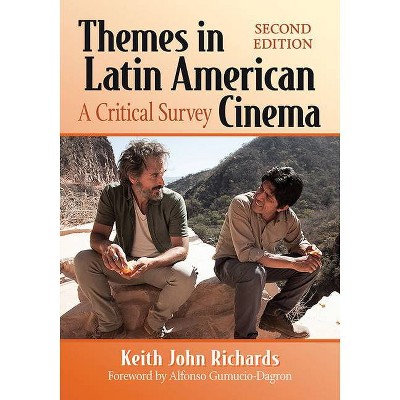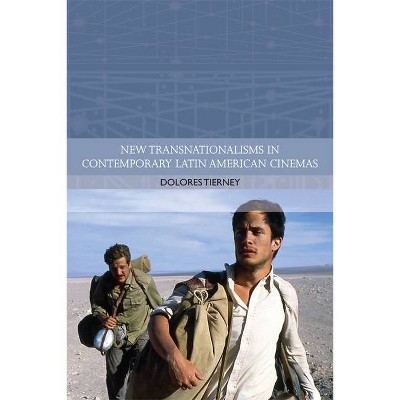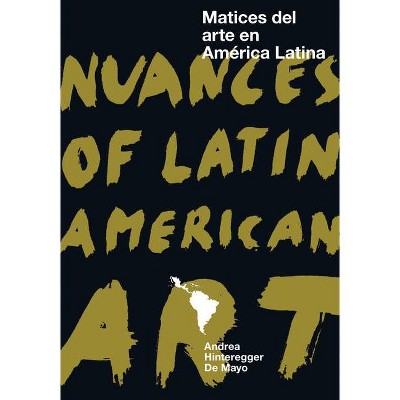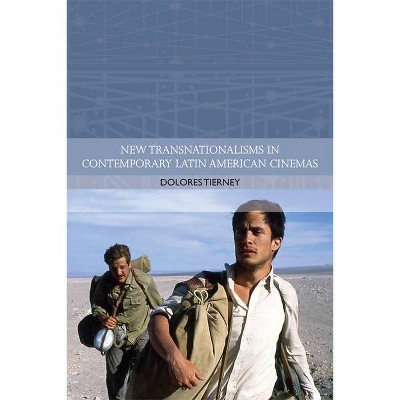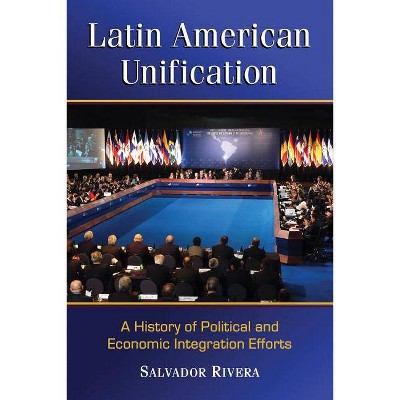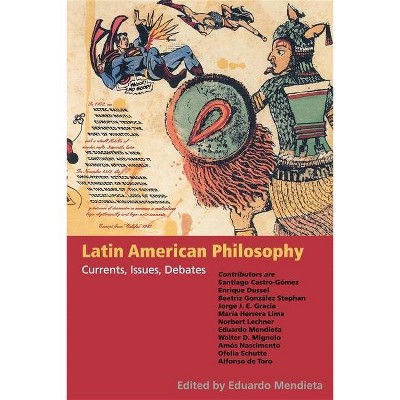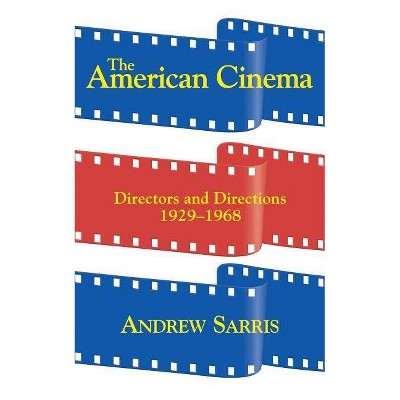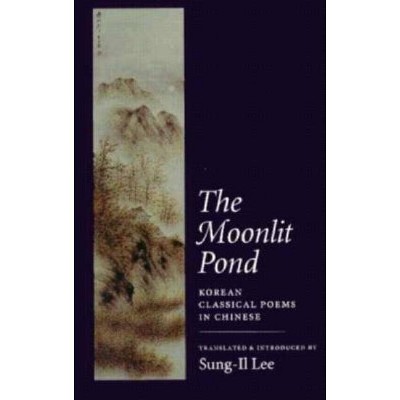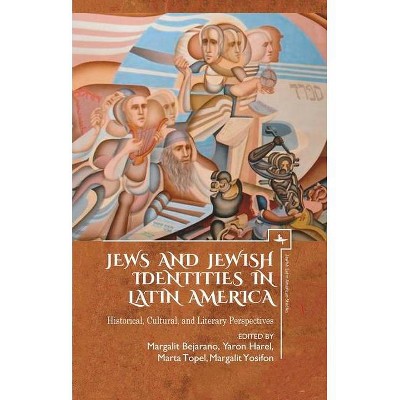Latin American Cinema - by Paul A Schroeder Rodríguez (Paperback)
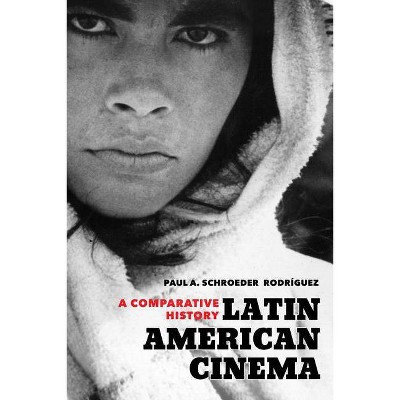
Similar Products
Products of same category from the store
AllProduct info
<p/><br></br><p><b> About the Book </b></p></br></br>"A comparative history of Latin America's national cinemas over the course of five major periods: silent cinema, studio cinema, neorealism/art cinema, the New Latin American Cinema, and contemporary cinema. Close readings of approximately fifty films illustrate the major aesthetic, economic, and technological trends that define each period and the transitions between them. The selection of films reflects the tripartite division of film production in the region: 75 percent are from Brazil, Mexico, and Argentina; 25 percent are from countries other than the big three"--Provided by publisher.<p/><br></br><p><b> Book Synopsis </b></p></br></br>This book charts a comparative history of Latin America's national cinemas through ten chapters that cover every major cinematic period in the region: silent cinema, studio cinema, neorealism and art cinema, the New Latin American Cinema, and contemporary cinema. Schroeder Rodríguez weaves close readings of approximately fifty paradigmatic films into a lucid narrative history that is rigorous in its scholarship and framed by a compelling theorization of the multiple discourses of modernity. The result is an essential guide that promises to transform our understanding of the region's cultural history in the last hundred years by highlighting how key players such as the church and the state have affected cinema's unique ability to help shape public discourse and construct modern identities in a region marked by ongoing struggles for social justice and liberation.<p/><br></br><p><b> From the Back Cover </b></p></br></br>"An ambitious and accomplished book by a serious scholar who devoted a decade to the close reading of more than fifty films from different countries, thereby giving full sense to the term Latin American cinema. Starting with the silent era and finishing with the emergence of filmmaking by women directors, Paul Schroeder Rodríguez maps out an important artistic expression that is national, regional, and global at the same time."--Jorge Ruffinelli, Professor of Iberian and Latin American Cultures, Stanford University <p/> "A cogently written history eloquently illustrated with case examples of various films in each period."--Tamara L. Falicov, author of <i>The Cinematic Tango: Contemporary Argentine Film </i><p>"Schroeder Rodríguez's comparative framework is an important contribution to the study of Latin American cinema, global cinema, and Latin American history. Read against key discourses of modernity in Latin America and nascent and industrial histories of the cinema, the work reveals that Latin American cinema has always been part of global cinematic flows."--Cristina Venegas, Associate Professor of Film and Media Studies, University of California, Santa Barbara</p><p/><br></br><p><b> Review Quotes </b></p></br></br><br>"The comparative approach here serves not to erase the specificities of national experience in favour of some sort of homogenous Pan-American depiction of cinema's role in Latin America. Rather, it allows a nuanced understanding of the wider ideological developments that underscored the shifts in cinema across the region. It also allows the author eloquently to bring together local, national, and transnational productions in what he refers to as a 'triangulated' view of cinema's trajectory in the region."-- "Australian Book Review"<br><p/><br></br><p><b> About the Author </b></p></br></br><b>Paul A. Schroeder Rodríguez</b> is Professor and Chair of the Spanish Department at Amherst College. The author of <i>Tomás Gutiérrez Alea: The Dialectics of a Filmmaker</i><i>, </i> he has published extensively on Latin American cinema in leading academic journals.
Price History
Cheapest price in the interval: 41.99 on October 22, 2021
Most expensive price in the interval: 41.99 on December 20, 2021
Price Archive shows prices from various stores, lets you see history and find the cheapest. There is no actual sale on the website. For all support, inquiry and suggestion messagescommunication@pricearchive.us
